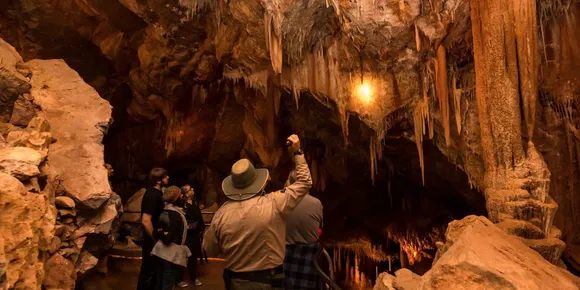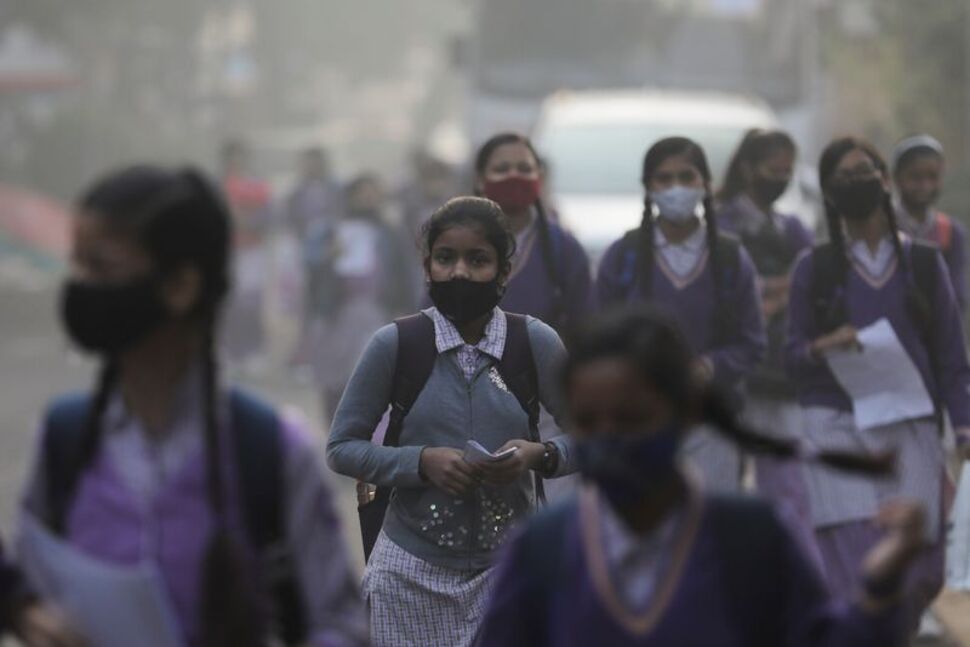
HEALTH
Grand Canyon’s caves tell climate change story through mineral deposits, new research studies its stalagmites
- Admin
- Oct 09, 2023

Grand Canyon’s caves tell climate change story through mineral deposits, new research studies its stalagmites
Scientists are studying mineral deposits in the caves of the Grand Canyon to understand the impacts of climate change.
The team was thus able to analyse precipitation patterns during the rapidly warming period following the last Ice Age to understand how climate change is impacting the summer monsoon rains in the US Southwest and northwestern Mexico, they said in their study published in the journal Nature Geoscience.
Their findings revealed that increasing levels of water seeped into the cave between 8,500 and 14,000 years ago, during a period known as the early Holocene when temperatures rose throughout the region.
Using a model to study climate of past ages, the researchers determined that this was likely caused by intensified and expanded summer rainfall stemming from atmospheric impacts on air circulation patterns that more quickly melted the winter snowpacks and sped up the evaporation process that fuels monsoon rains.
This is significant, authors say, because most of the water currently infiltrating through the bedrock and into caves and aquifers – and contributing to groundwater recharge – comes from winter snowmelt.
During the early Holocene, however, when peak temperatures were only slightly warmer than today, both summer and winter moisture contributed to groundwater recharge in the region, they said in their study.
The authors suggest that future warming, which could cause temperatures to rise above those of the early Holocene, may also lead to greater rates of summer rainfall on the high-elevation Colorado Plateau and an intensifying North American monsoon, the pattern of pronounced and increased thunderstorms and precipitation that typically occur between June and mid-September.









